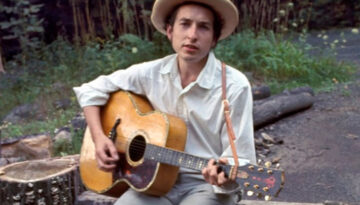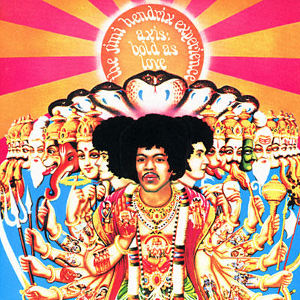John Wesley Harding by Bob Dylan
Buy John Wesley Harding After a relatively long hiatus from recording due to a serious motorcycle accident, Bob Dylan returned to simple form and constructs with his eighth studio album, John Wesley Harding, […]

Buy John Wesley Harding After a relatively long hiatus from recording due to a serious motorcycle accident, Bob Dylan returned to simple form and constructs with his eighth studio album, John Wesley Harding, […]

Buy Axis: Bold As Love The second album from the trio’s explosive and productive 1967, Axis: Bold as Love, was released in the United Kingdom by The Jimi Hendrix Experience in December 1967. […]